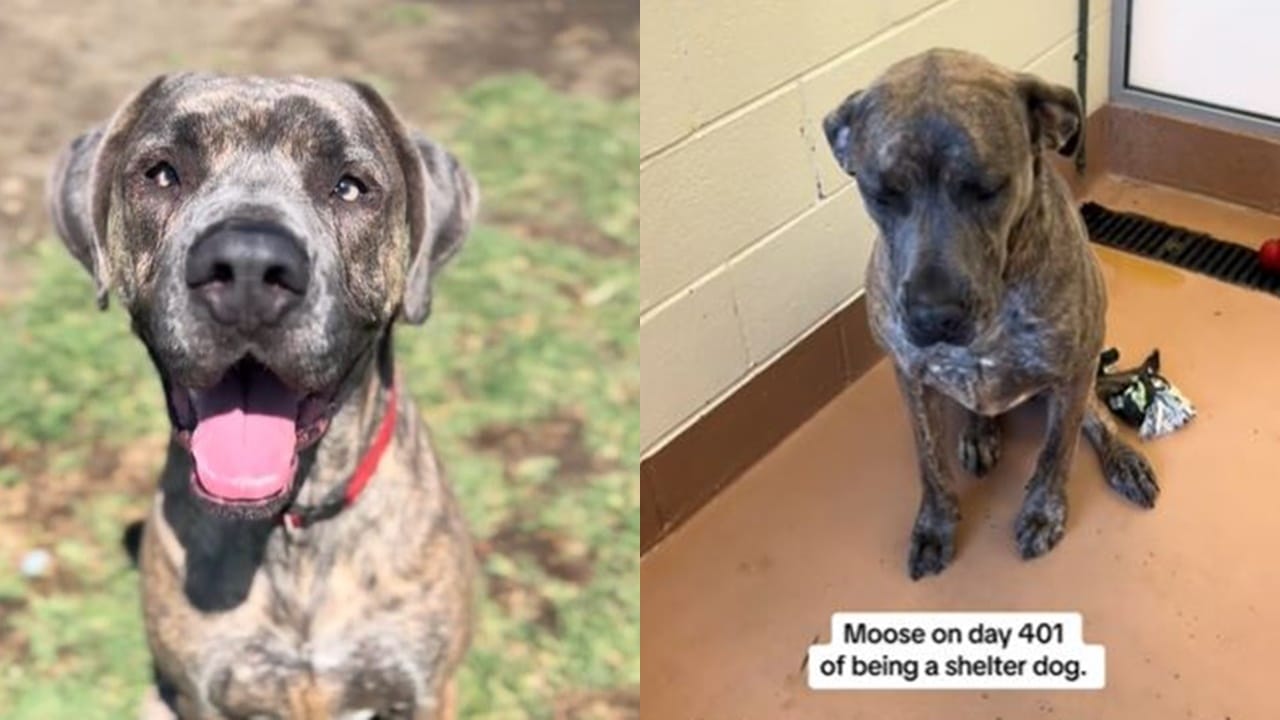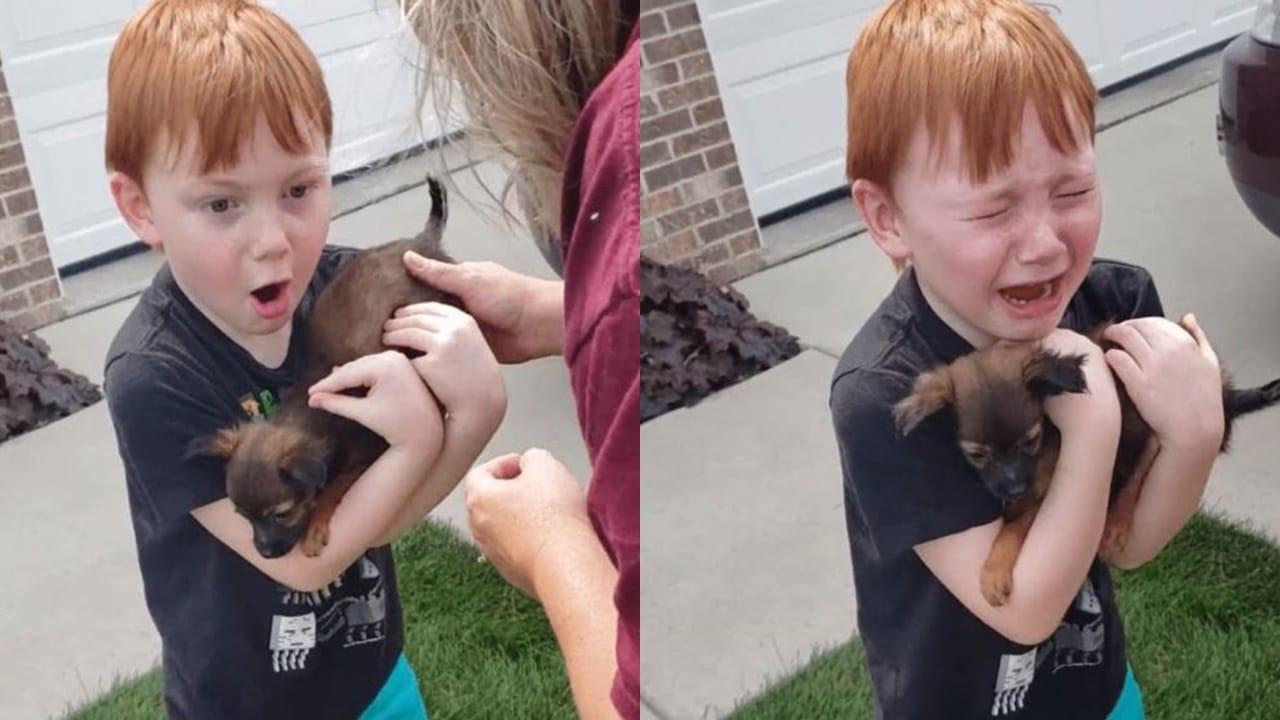In a heartwarming incident, a bald eagle’s life was saved after it became trapped in the grill of a car in Clay County, Florida. This blog explores the details of the rescue and the significance of wildlife preservation efforts.
The Location: Clay County, Florida
Clay County, Florida, is a picturesque area situated between Gainesville and Jacksonville. Known for its lush landscapes and diverse wildlife, this region has a unique charm. However, it also faces challenges, particularly during hurricane season.
The Natural Beauty of Clay County
With its rolling hills, expansive forests, and numerous lakes, Clay County is a haven for wildlife enthusiasts. The area is home to various species, including birds, deer, and reptiles, making it an ecological treasure.
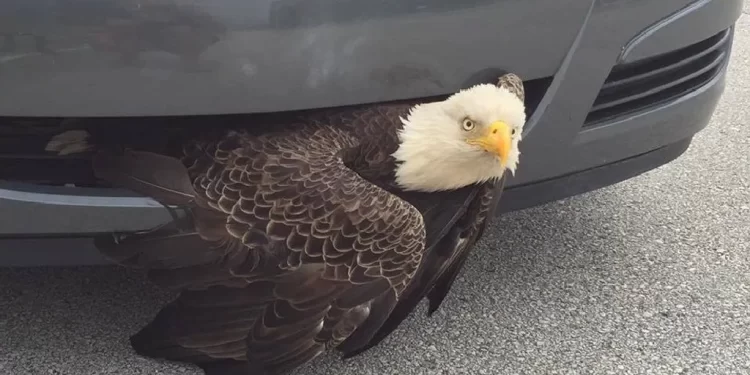
The Effects of Hurricane Matthew
In October 2016, Hurricane Matthew swept through the Atlantic, affecting numerous communities, including Clay County. The storm brought heavy rainfall and strong winds, causing widespread destruction.
- Flooding: Many areas experienced significant flooding, impacting homes and wildlife habitats.
- Displacement: Animals were displaced from their natural environments, leading to increased encounters with humans.
- Rescue Efforts: Local organizations and volunteers mobilized to assist both people and animals affected by the storm.
The Impact of Hurricane Matthew
The aftermath of Hurricane Matthew left a lasting impact on the wildlife in Clay County. Many animals struggled to find food and shelter, resulting in unusual behaviors.
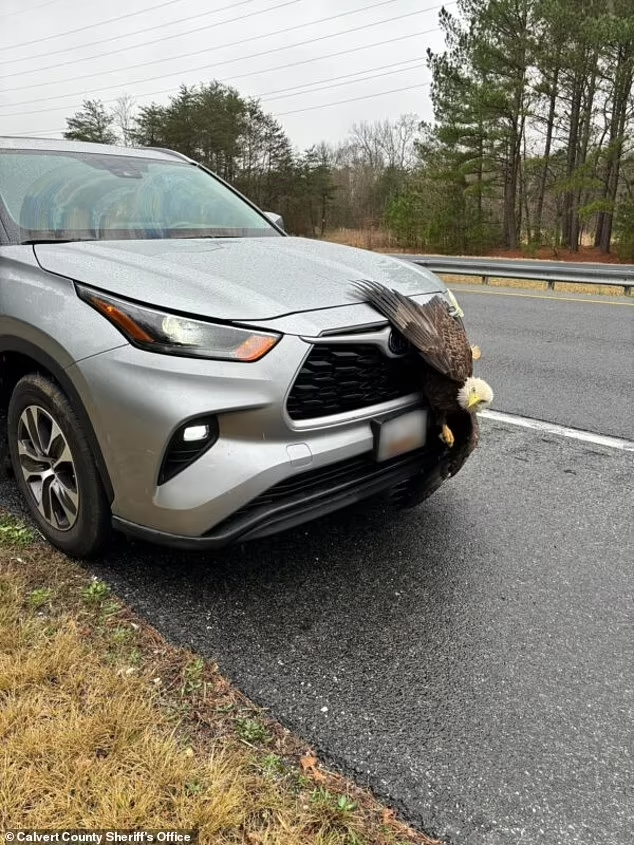
Wildlife Disruption
The storm’s destruction forced many animals to venture into populated areas. This led to increased wildlife-human interactions, often with dangerous consequences.
- Increased Road Hazards: Animals, including birds, were seen crossing roads more frequently, leading to accidents.
- Food Scarcity: With natural habitats damaged, animals found it difficult to source food, pushing them into urban settings.
How the Eagle Got Stuck
The bald eagle’s unfortunate entrapment was a direct result of the chaotic environment following the hurricane. In search of food, the eagle flew low, unaware of the approaching vehicle.
A Vulnerable Moment
As the eagle swooped down, it encountered a car traveling at speed. The moment was fleeting, yet it had dire consequences for the majestic bird.

- Low Flight: Eagles often fly low when hunting, making them susceptible to collisions.
- Unexpected Collision: The impact caused the eagle to become lodged in the vehicle’s grill.
The Motorist’s Quick Thinking
The motorist’s reaction played a crucial role in the eagle’s rescue. Upon realizing what had happened, the driver acted swiftly to ensure the bird received help.
Immediate Response
Instead of driving away, the motorist pulled over to assess the situation. Understanding the urgency, they called for assistance, demonstrating a commitment to wildlife preservation.
- Contacting Authorities: The driver promptly notified local wildlife officials, ensuring a quick response.
- Ensuring Safety: By stopping, the motorist prevented further harm to the eagle and allowed for a safe rescue operation.

Rescue Operations: Who Came to the Eagle’s Aid?
The rescue of the bald eagle was not a solo effort. It involved multiple agencies and dedicated individuals who acted swiftly to ensure the bird’s safety. Their teamwork exemplified the community’s commitment to wildlife welfare.
The Role of Clay County Sheriff’s Deputies
Upon receiving the call from the concerned motorist, the Clay County Sheriff’s deputies were quick to respond. Their training and experience in handling wildlife situations proved invaluable.
- Assessment of the Situation: Deputies arrived on the scene to evaluate the eagle’s condition and determine the best course of action.
- Ensuring Safety: They ensured the area was safe for both the eagle and bystanders, controlling traffic to prevent further accidents.
- Collaboration: Working closely with wildlife officials, they coordinated efforts for the eagle’s transport to safety.
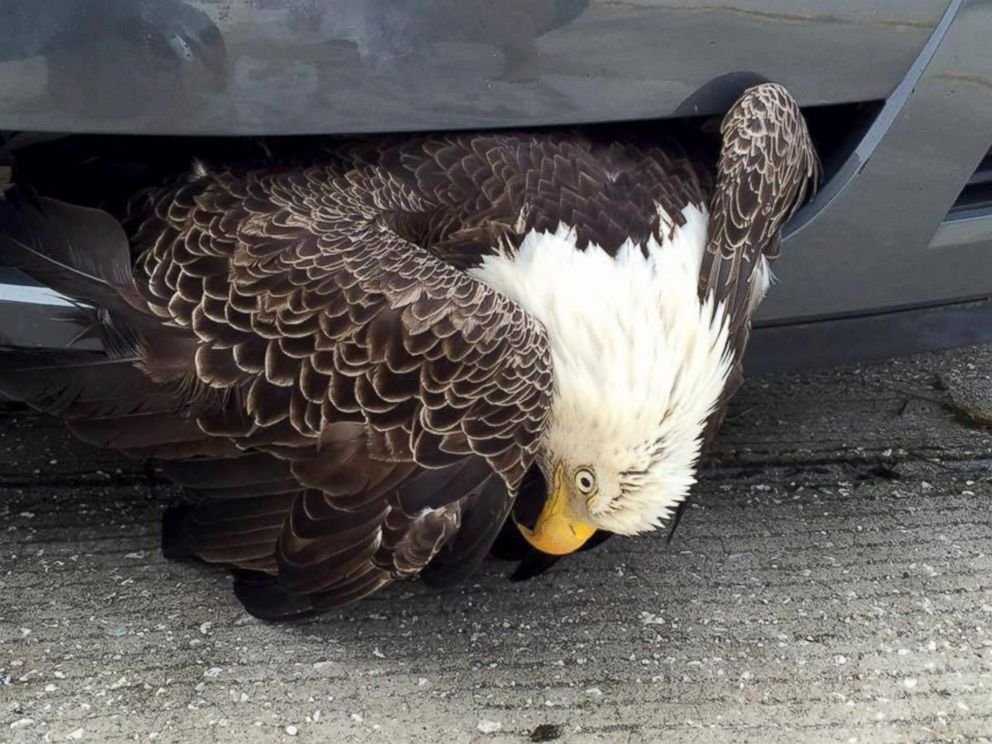
Fire Rescue Workers’ Involvement
In addition to the sheriff’s deputies, fire rescue workers played a crucial role in the operation. Their expertise in emergency response was essential in handling the situation effectively.
- Rescue Techniques: Firefighters utilized specialized techniques to safely extract the eagle from the vehicle without causing additional harm.
- First Aid: Once freed, they provided immediate first aid and assessed the bird’s injuries, ensuring it was stable for transport.
- Transport Coordination: Fire rescue workers facilitated the safe transfer of the eagle to the local wildlife sanctuary.
The Wildlife Bird Sanctuary
The eagle was transported to a reputable wildlife bird sanctuary, where it would receive the care it needed for rehabilitation. These sanctuaries play a vital role in the recovery of injured wildlife.

Rehabilitation Process
At the sanctuary, trained professionals assessed the eagle’s injuries and created a tailored rehabilitation plan.
- Medical Evaluation: Veterinarians conducted thorough examinations to identify any physical injuries or trauma.
- Nutrition and Care: The eagle was provided with a specialized diet to regain its strength and health.
- Behavioral Assessment: Caretakers monitored the eagle’s behavior to ensure it was adapting well during recovery.
Release Back into the Wild
Once the eagle had fully recovered, the sanctuary planned for its release back into the wild. This process is crucial for ensuring that the bird can reintegrate into its natural habitat.
- Pre-Release Training: The sanctuary staff prepared the eagle for life in the wild, focusing on hunting skills and survival strategies.
- Selecting Release Location: A suitable location was chosen, ensuring the area was safe and had ample food supply.
- Monitoring Post-Release: After release, the eagle would be monitored to ensure it adapted successfully to its environment.
Conclusion: The Importance of Wildlife Rescue
The remarkable rescue of the bald eagle highlights the importance of wildlife rescue efforts. Every action taken by individuals and agencies contributes to the preservation of our natural heritage.
Community Involvement
Community members play a crucial role in wildlife rescue. Their awareness and quick actions can lead to successful outcomes.
- Education and Awareness: Understanding the local wildlife and their needs fosters a sense of responsibility among residents.
- Reporting Incidents: Promptly reporting wildlife emergencies can save lives and prevent further harm.
- Supporting Wildlife Organizations: Contributing to local wildlife organizations enhances resources for rescue and rehabilitation efforts.
Reflection on Nature
Every wildlife rescue serves as a reminder of our connection to nature. It encourages us to respect and protect the creatures that share our environment.
- Value of Biodiversity: Each species plays a role in the ecosystem, making its preservation vital for ecological balance.
- Responsibility of Stewardship: We have a duty to protect wildlife, ensuring future generations can enjoy the beauty of nature.
In conclusion, the heroic efforts of the Clay County community, from the motorist to the sheriff’s deputies, fire rescue workers, and wildlife sanctuary staff, underscore the collective responsibility we share for wildlife conservation. Let this incident inspire a continued commitment to protecting the majestic creatures that enrich our world.


